Rarest Cat Breeds in the World
The diversity in the feline world is nothing short of remarkable—in fact, more than 70 recognized cat breeds exist today. While many of us are familiar with the ever-popular Persian or the Siamese, there are still a ton of extraordinary cats with unique features and histories. Let’s check some of them out below.
Sokoke Cat
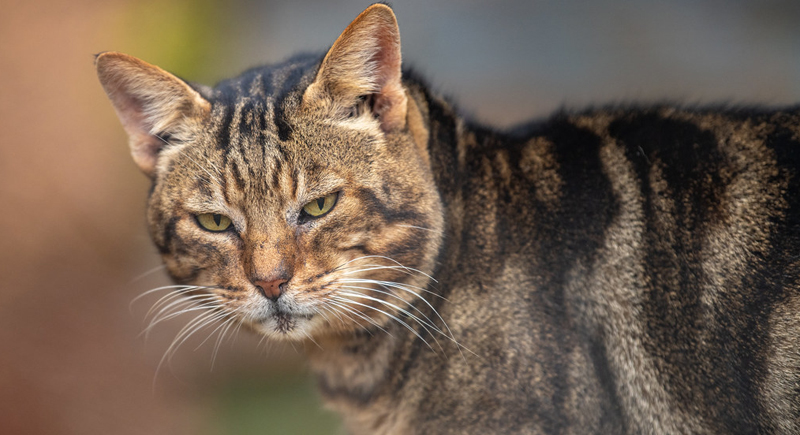
Credit: flickr
The sokoke cat, hailing from Kenya’s coastal forests, is as enigmatic as the land it comes from. This breed is known for its marbled coat, which resembles tree bark and offers natural camouflage in its native habitat. Beyond their wild looks, sokokes are lively and social. They form deep bonds with their owners and are quick to learn routines.
Bombay
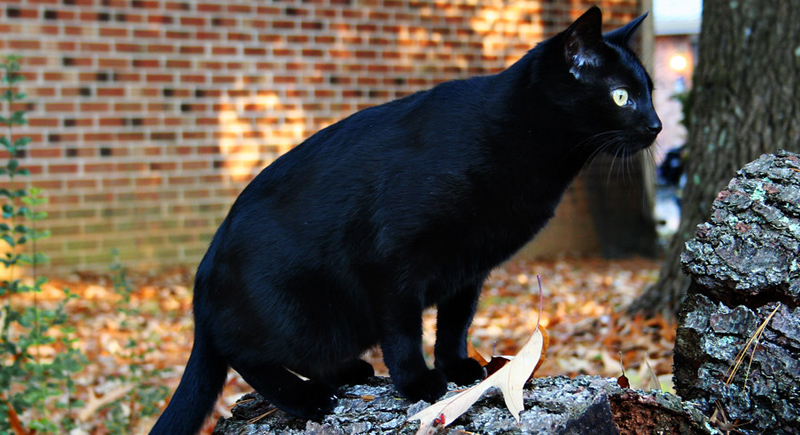
Credit: flickr
Developed in the 1950s by crossing Burmese and black American Shorthair cats, the Bombay’s glossy black coat and piercing golden eyes have forced cat enthusiasts to compare it to a miniature panther. These cats are people-oriented; they follow their humans around the house and thrive on interaction.
Devon Rex
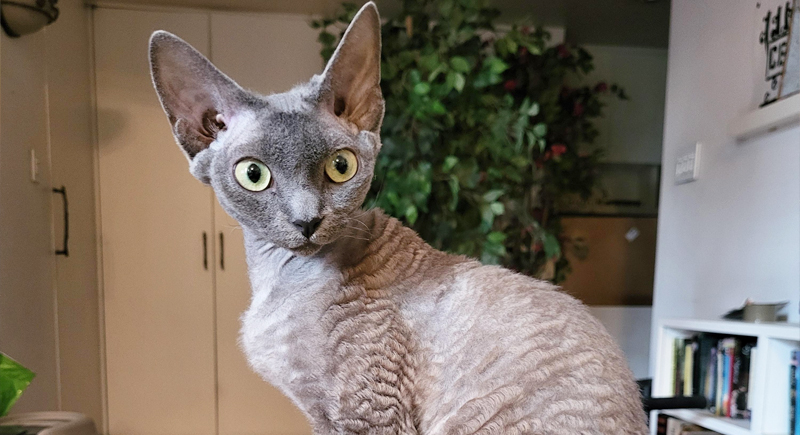
Credit: Reddit
If cats could be described as quirky, the Devon Rex would top the list. This breed originated in England in the 1960s. It features oversized ears, a slender frame, and a soft, wavy coat. But it’s their impish personalities that steal the show. Devons are endlessly curious and seem to have springs in their legs that keep them perched in unexpected places.
American Bobtail
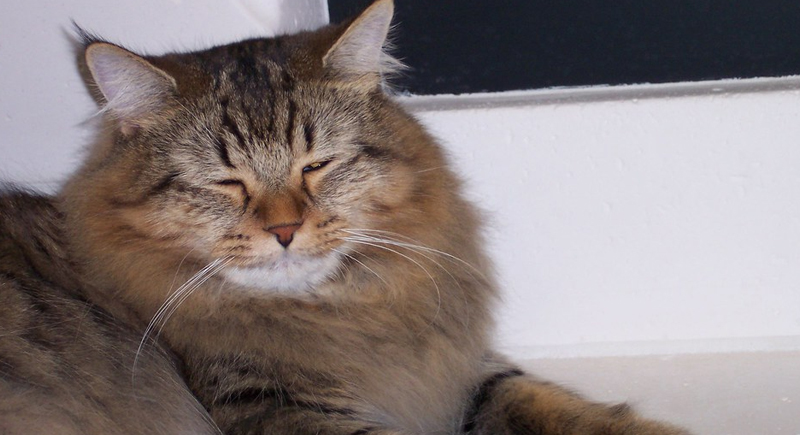
Credit: flickr
The American Bobtail looks like it stepped straight out of the wilderness, with its rugged appearance and naturally short tail. The breed emerged in the 1960s, believed to be the result of a genetic mutation in a domestic cat. Its tail, ranging from one to four inches long, varies in shape, giving each individual a unique look.
Kurilian Bobtail
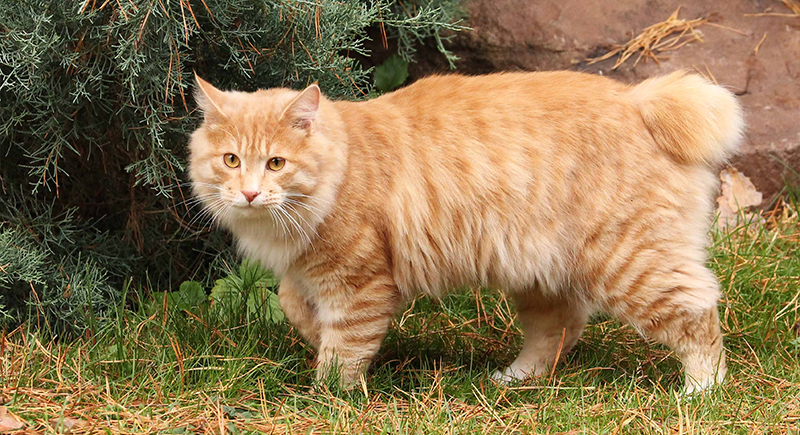
Credit: Wikimedia Commons
Native to the remote Kuril Islands, the Kurilian Bobtail developed naturally over centuries in an isolated environment. This breed is known for its pom-pom tail, a feature resulting from a dominant genetic trait. Its semi-long fur is dense and water-resistant, which helps it thrive in colder climates.
Ocicat

Credit: Wikimedia Commons
Although the Ocicat was developed to look wild, it is actually entirely domestic. Its origins trace back to a breeding program in the United States in the 1960s involving Abyssinian, Siamese, and American Shorthair cats. The breed’s name comes from its resemblance to the ocelot, a wild cat found in South America.
Norwegian Forest Cat
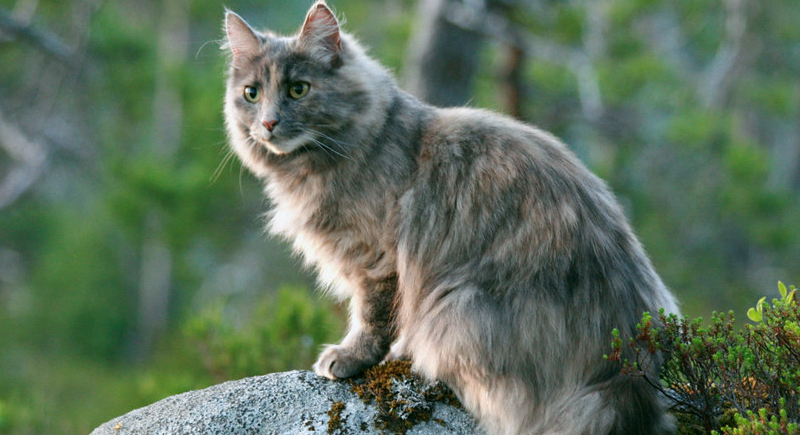
Credit: flickr
Having been a huge part of Scandinavian folklore for centuries, the Norwegian Forest Cat is often depicted as the companion of Norse gods. Its thick, double-layered coat and bushy tail are perfectly suited for the harsh Nordic winters. Unlike other long-haired breeds, its coat is water-resistant, which was likely a useful adaptation during its days as a ship cat for Viking explorers.
Cornish Rex
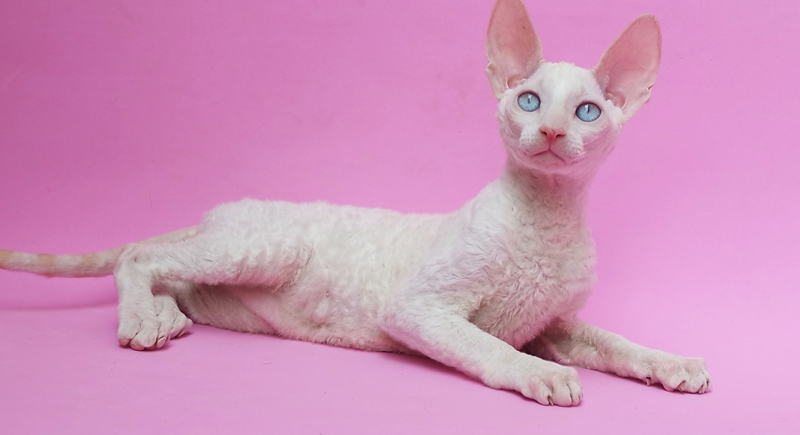
Credit: Wikimedia Commons
First bred in Cornwall, England, the Cornish Rex is unlike any other breed due to its short, curly coat that feels akin to crushed velvet. The breed is the result of a natural genetic mutation and has an extremely lightweight frame, which also makes it one of the most aerodynamic cats. It is often seen darting around the house or leaping to impressive heights.
Minskin

Credit: Wikimedia Commons
A relatively new breed, the Minskin was developed in the early 2000s in Boston, Massachusetts. By combining the short legs of the Munchkin with the hairless traits of the Sphynx, the Minskin stands out with its small stature and sparse fur. Its skin is soft and warm, with fur mostly concentrated on its face, ears, legs, and tail.
Egyptian Mau
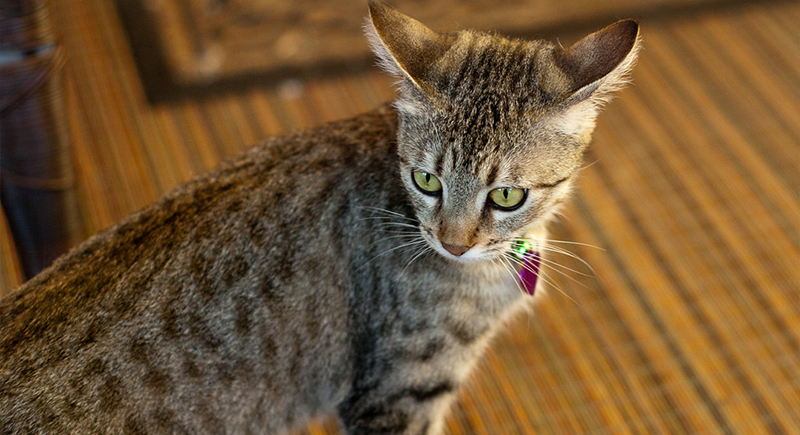
Credit: flickr
The Egyptian Mau is one of the oldest known domestic cat breeds, believed to have descended from the cats revered in ancient Egypt. Its naturally spotted coat is one of its most striking features, and it’s the only domesticated cat breed with such markings. The Mau is also incredibly fast and capable of running up to 30 miles per hour, thanks to its muscular hind legs.
Tonkinese
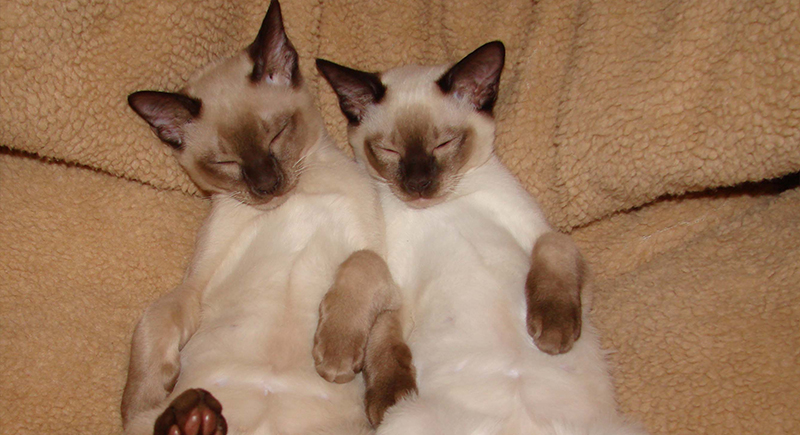
Credit: Wikimedia Commons
Like a Siamese, the Tonkinese is a medium-sized breed with a soft, shimmering coat and striking aqua or green eyes. It was developed in the mid-20th century by crossing Siamese and Burmese cats to create a breed that combines the best traits of both. The Tonkinese’s coat comes in several color patterns, including mink, solid, and pointed.
Selkirk Rex
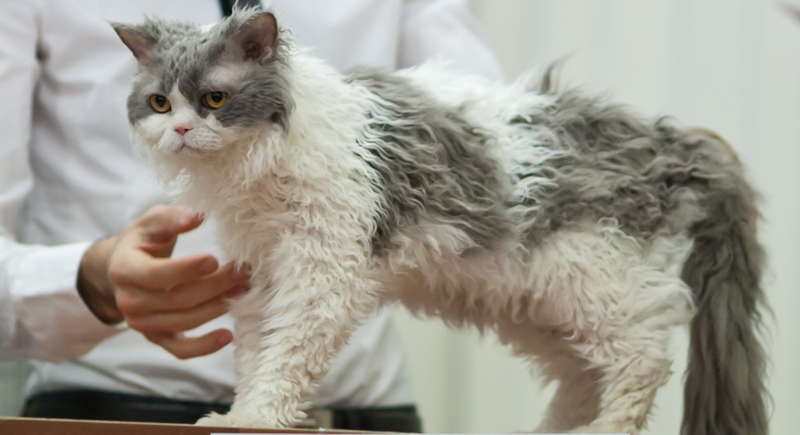
Credit: Wikimedia Commons
A teddy bear that purrs–that’s probably the best way to describe the Selkirk Rex. This breed is instantly recognizable by its plush, curly coat, which comes from a natural genetic mutation. The coat can be long or short and requires regular grooming to maintain its texture. Despite their dense fur, Selkirk Rex cats are low-shedding,
Chartreux
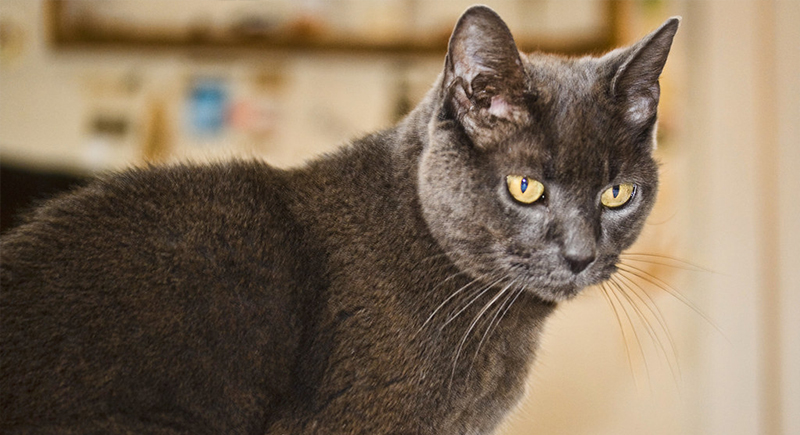
Credit: flickr
The Chartreux is one of the oldest known European breeds, with a history that dates back to 18th-century France. It’s recognized for its slate-blue coat and bright orange eyes. The Chartreux is also renowned for its hunting ability, which made it a favorite among French farmers. Its thick, woolly coat helps it adapt to various climates.
American Wirehair
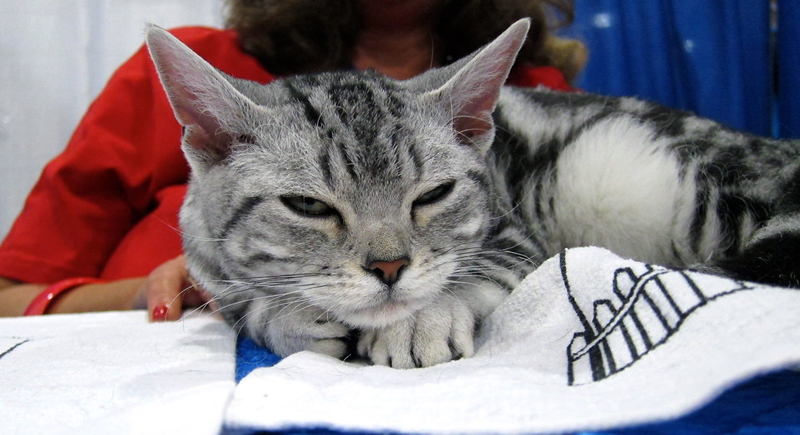
Credit: flickr
The American Wirehair is a rare breed with a coarse, springy coat that sets it apart from other domestic cats. The breed originated in the United States in the 1960s from a spontaneous mutation. Its wiry fur is unique to the touch and resistant to matting and dirt, which translates to minimal grooming.
LaPerm
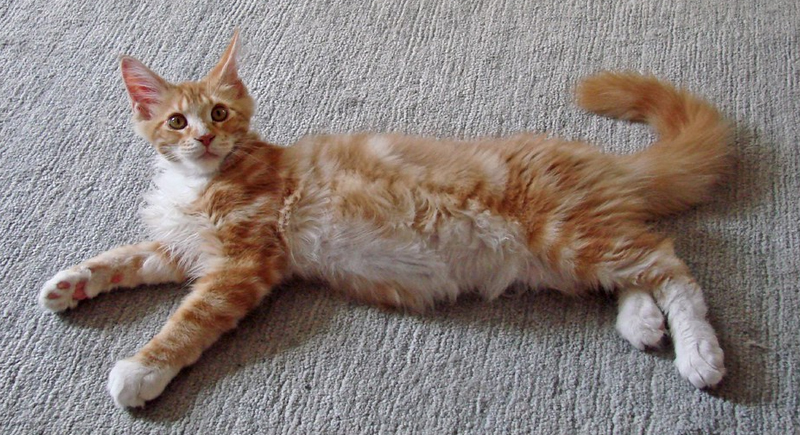
Credit: flickr
True to its name, the LaPerm has one defining feature: a curly, luxurious coat in a variety of colors and patterns. This breed’s origins trace back to a barn cat in Oregon whose kittens had unusual fur. It has since come to be loved by animal lovers around the world.
Turkish Van
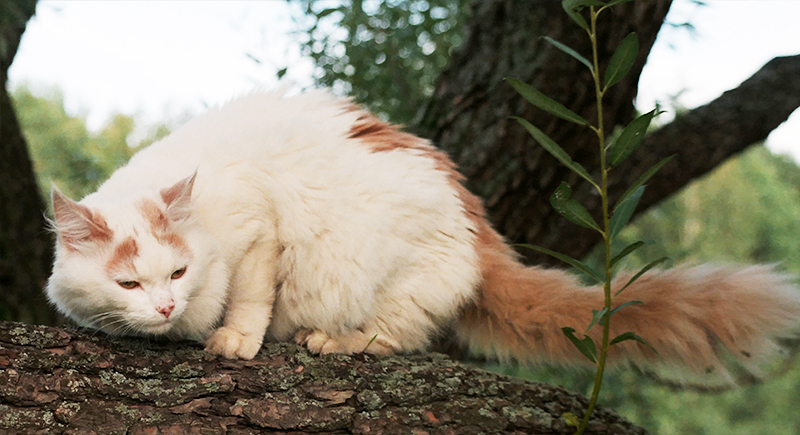
Credit: Wikimedia Commons
Known as the “swimming cat,” the Turkish Van actually enjoys water, a rare trait among felines. Originating near Lake Van in Turkey, its soft, water-resistant coat keeps it comfortable in any climate. With amber or blue eyes and the signature “Van” pattern, this athletic cat is both affectionate and adventurous.
Abyssinian

Credit: pexels
The Abyssinian is one of the oldest known cat breeds, with origins linked to the Indian Ocean and Southeast Asia. Its short, ticked coat gives it a wild, cougar-like appearance. Curious, agile, and highly intelligent, the Abyssinian loves interaction and exploration, and thrives in homes that keep it mentally engaged.